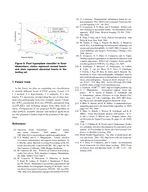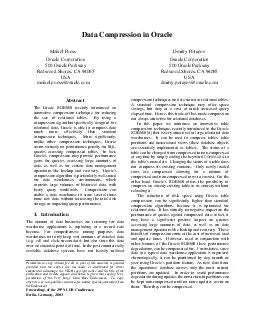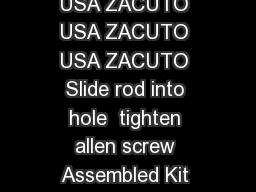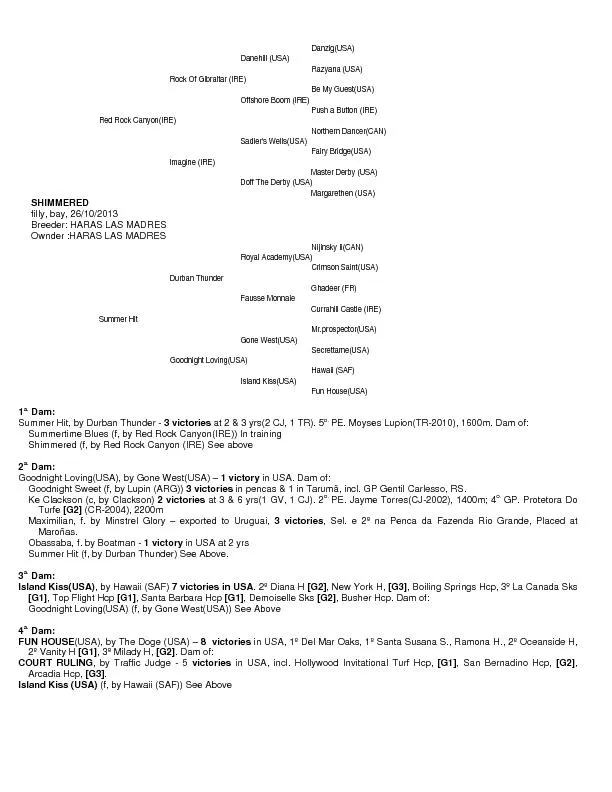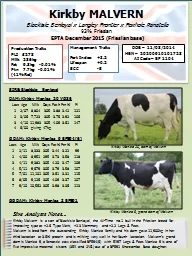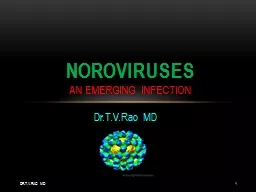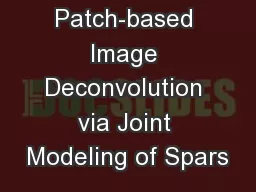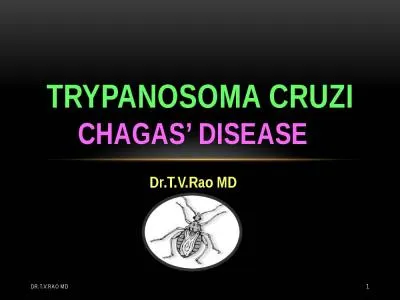PDF-Sparse classiers for Automated Heart Wall Motion Abnormal ity Detection Glenn Fung Maleeha
Author : tatyana-admore | Published Date : 2014-12-16
fungsiemenscom Alan Katz St Francis Hospital 100 Port Washington Blvd Roslyn New York USA Abstract Coronary Heart Disease is the single leading cause of death worldwide
Presentation Embed Code
Download Presentation
Download Presentation The PPT/PDF document "Sparse classiers for Automated Heart Wal..." is the property of its rightful owner. Permission is granted to download and print the materials on this website for personal, non-commercial use only, and to display it on your personal computer provided you do not modify the materials and that you retain all copyright notices contained in the materials. By downloading content from our website, you accept the terms of this agreement.
Sparse classiers for Automated Heart Wall Motion Abnormal ity Detection Glenn Fung Maleeha: Transcript
Download Rules Of Document
"Sparse classiers for Automated Heart Wall Motion Abnormal ity Detection Glenn Fung Maleeha"The content belongs to its owner. You may download and print it for personal use, without modification, and keep all copyright notices. By downloading, you agree to these terms.
Related Documents

